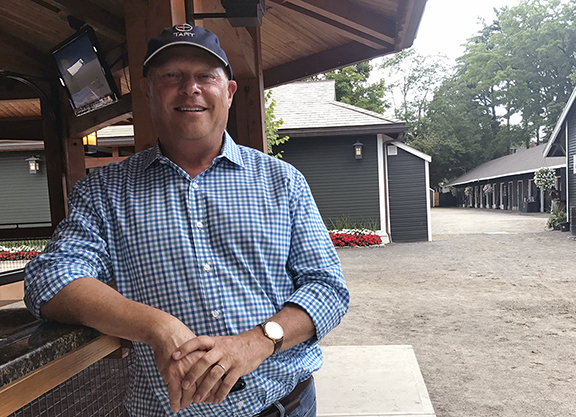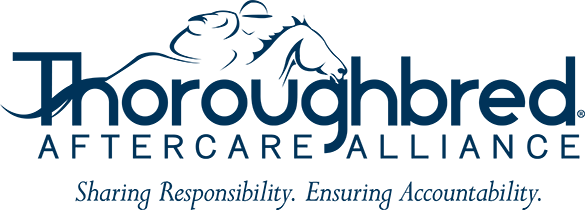Op/Ed by Antony Beck c/o Thoroughbred Daily News
For all the opinions, ideas, and strategies about promoting the future health of the Thoroughbred industry, I think every breeder and stallion owner can agree on one thing: Horses are our lifeblood. That might sound cliche, but it’s the truth. Horses literally and figuratively are the vehicles for the racing and breeding industries. Their treatment is rightfully the focus of public perception and scrutiny, and, therefore, the sustainability of the Thoroughbred business depends on how we take care of our primary resource both during and after their careers.
In recent years, the industry has acknowledged the need for Thoroughbred aftercare and has made strides in funding strategies for groups such as the Thoroughbred Aftercare Alliance (TAA), a transparent organization that accredits and grants funds to aftercare programs to ensure our Thoroughbreds are cared for after their racing careers are over. TAA’s funding goes directly to groups that retrain racehorses for second careers or in some cases retire and rehome horses that are the focus of public concern.
Beginning in 2012, The Jockey Club (TJC) began contributing $25 from every foal certificate fee to the TAA. Most stud farms have pledged 25% of one stud fee for each stallion as voluntary annual contributions to the TAA. The financial burden for aftercare is being spread across every sector of the industry–sales companies, the Horsemen’s Benevolent and Protective Association, New York Thoroughbred Horseman’s Association, buyers, sellers, owners, consignors, horseplayers, breeders, racetracks, and more–yet it is unlikely that the current structure is the most fair and proportional it can be. If we are to see future growth in aftercare funding, we need to focus on finding the right balance and greater commitment.
Though the industry is more enlightened than it used to be about aftercare and how vital it is for racing’s future, much work remains to be done to fully address aftercare efforts for the approximately 20,000 North American Thoroughbreds foaled each year. How much funding are we providing relative to the amount needed? At this point, the answer is: “Still not enough.”
In December, TJC announced it would charge $35 for each mare reported bred on the annual Report of Mares Bred, with the money to be used to further support aftercare initiatives, including the TAA. Importantly, the $35 fee is meant to be a supplement to, not replacement for, the important pre-established voluntary contributions from industry participants.
It is true that the $35 fee increases the support from stud farms, and it is up to each farm to determine whether they pass it along to individual shareholders and breeders. But the increase is not disproportionate. As the ones who are engaged in the breeding of horses, we breeders and stallion owners have the responsibility to do more for these animals. We have the most to gain by meeting our obligations for aftercare, and we have the most to lose if we fail to do so. As such, Gainesway plans to continue its support of aftercare through the annual 25% of each stud fee as well as the $35 per-mare fee for mares bred.
Photo courtesy of TDN/Sue Finley.














